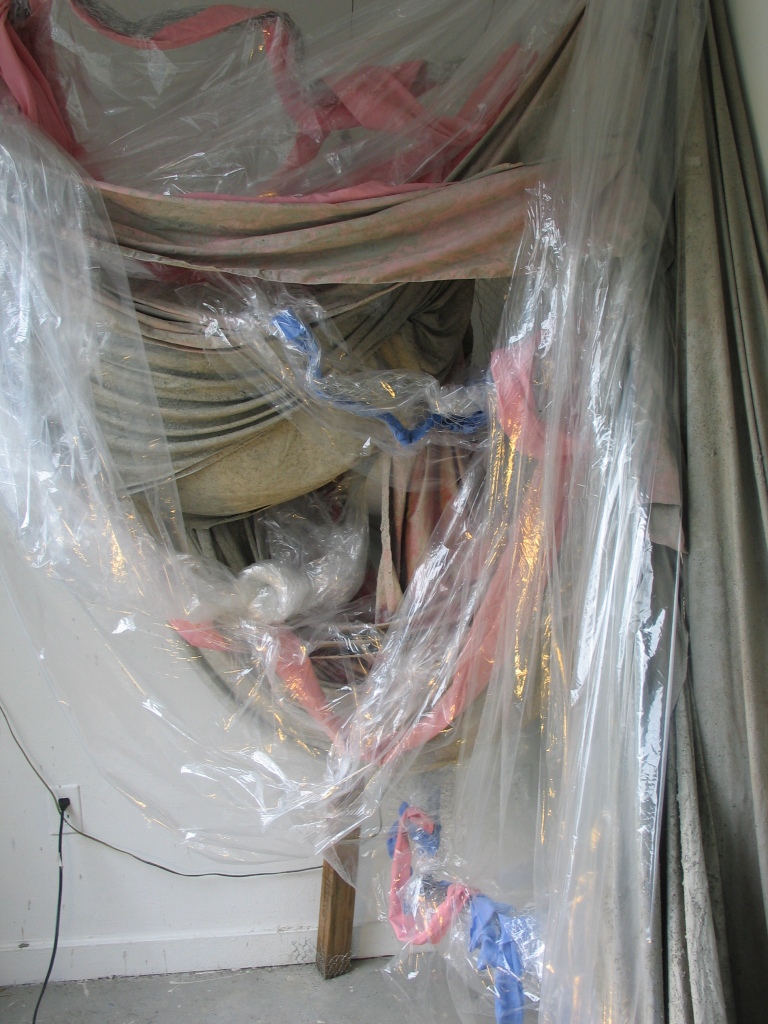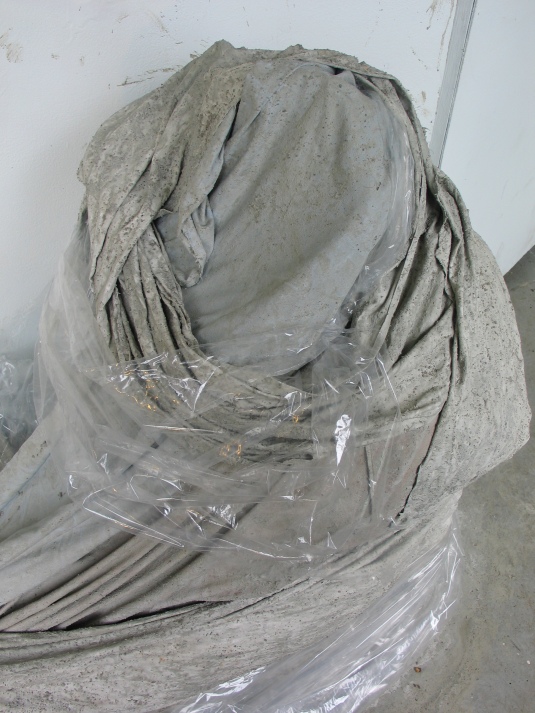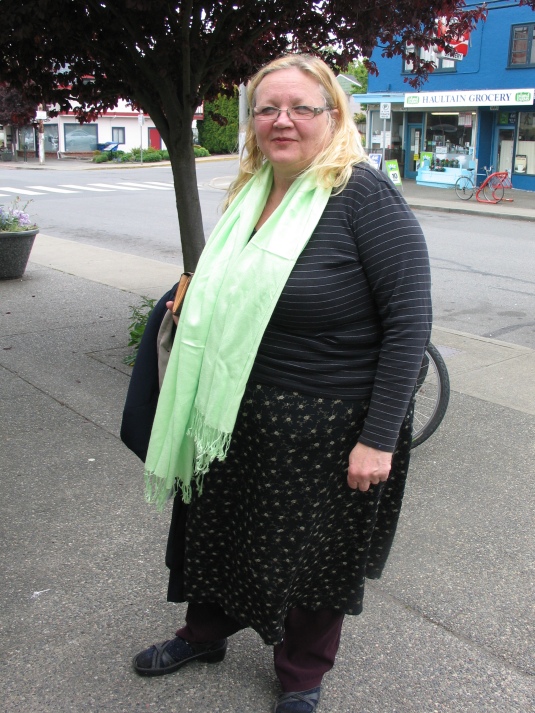 |
| Outside In - Ministry of Casual Living ~ Photo by Aubrey Burke - Minister of MOCL |
 |
| Outside In - Detail 1 - Ministry of Casual Living ~ Photo by Aubrey Burke - Minister of MOCL |
 |
| Outside In - Detail 2 - Ministry of Casual Living ~ Photo by Aubrey Burke - Minister of MOCL |
Outside In - Ministry of Casual Living ~ Photo by Aubrey Burke - Minister of MOCL
"Outside In" ~ Review by Christine Clark
Outside In: Debora Alanna
At the Ministry of Casual Living this week is Debora Alanna‘s in situ work,Outside In.
from Buffet, a Review by Debora Alanna
“Ian Rorie built Hunter-Gatherer with plywood, and fastened a trap, labeling it, so we would know what lurked inside, lighting the way to entrapment. Sustenance begins with death of some kind. Whether it is the reaping of grain, produce and gathering of the harvest or hunting the animal to produce the sustenance of the meal, there is the death, transformation and nourishment, ultimately. But is this really what is happening here? As Baudelaire points out in his 123rd poem of Les Fleur du Mal, “Death… Will grow the flowers of their brain!” Death, personified as the hold that cannot be captured, grown and gathered will, when we are faced with this fact, allow ideas to manifest. Artists must let imitation or misrepresentation die or die creatively. Rorie presents the diversionary plotting we must struggle with, and face to overcome trepidation. We must hunt out our nemesis, gather our wits, be aware of contrivance and allow our minds to feed us. Be hungry and you will capture what you need”.
And here we have her first exhibition of work in Victoria since 1973; a draping, swathing, theatrical (the word has been used) sculptural installation viewable both outside and through the windows at MOCL.
With a budget of $42, much of the material was found or donated. The fabric she used came from another artist’s studio space; homey scraps she liberated and transformed with a coating of grout compound. No longer colourful and flower patterned, the fabric is grey and pebbled, highly suggestive of classical sculpture; fraught with a powerful undercurrent, perhaps sexual, and immediately reminiscient (to me) of Daniel Laskarin‘s now beacon now sea.
now beacon now sea is a steel chair riddled with bullet holes and draped in a silky grey cloth; the very image of violence and romance; the swirling cloth, the explosive scars of penetration (of bullets ripping into steel), a sense of yearning.
Something similar is happening in Debora’s work, Outside In. A yearning, not exactly romantic, but desiring to be so. The materials and the space almost preclude romance. Inside of MOCL, the air smells strongly of mildew and it’s cold, bone chillingly so. The materials are not expensive; the gallery space is not pristine; in fact the work itself is not vaunted. She gets a week to show and barely anyone came to the opening (although the people who did brought wine). The connection to Laskarin (and his precursors) has everything to do with the essential emotion, the central experience of yearning.
The violence , though, in Outside In, is the effect of reality; it’s not a theatrical affectation, an idea to muse over; it’s truly present, possibly within Debora’s life, but certainly within her art making.
Daniel welded his chair in his very tight and bright backyard studio space and he shot the gun (many times over). Perhaps shooting bullets into a steel construction is an invitation to chaos and the unexpected, but essentially he was in control of his process, his materials and in the end, the exhibition space as well, the AGGV, although not directly controlled by Daniel, is certainly a controlled environment. It’s clean, there are bathrooms, and guards. People paid attention to the work. A lot was written.
Debora doesn’t have a studio space. She needs a job. She made the work over the course of two days right at the gallery. She had to bend to the structure of the gallery (the cement walls, the claustrophobic size) and to time.
It’s impossible to think of the violence of poverty, the poverty of materials, and space and attention, without thinking about vulnerability. The delicacy and the fragility of art made of bits and pieces, and installed temporarily is almost heartbreaking. Also the sweetness of faith, in the process, and in the need, in spite of any perceived privation, is almost unbearable to imagine. There is a wonderful quality to the work that speaks of living rather than enduring, and although it’s difficult to contemplate, it is very inspiring. Poverty is brutal; poverty destroys dignity. Poverty is cold and dirty and requires scrambling for the necessary. Debora’s eyes are closed, I think, to poverty.
Outside In is incredibly beautiful, and I wonder, is it poverty that is beautiful? The making of something from next to nothing? The insistence of making in spite of poverty? I don’t know. I don’t think so. I think the spirit of beauty is there, inherent and relentless, regardless of any void.
Another kind of violence, perhaps.











No comments:
Post a Comment